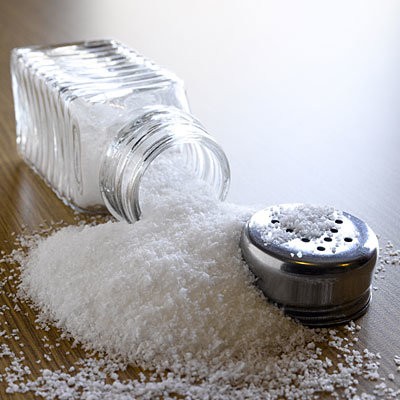Learn how to reduce salt with these 5 tips & Tricks
A lower sodium diet is healthier for your heart
If you're like most people, chances are you eat far more than the recommended amount of sodium, one of the main components of salt. Current federal guidelines advise getting no more than 2,300 milligrams {mg} of sodium daily, but the average American consumes about 3,500 mg a day.
Strong evidence from more than 100 clinical trials shows that a lower sodium diet can decrease blood pressure. High blood pressure, which affects one in three American adults, is a key culprit in heart disease.
Most of the sodium we eat—about 75%—comes from processed and restaurant foods, not the salt shaker. Learning how to reduce salt in your diet takes some effort, but these five strategies can help.
Not only are these foods naturally low in sodium, most are good sources of potassium, a mineral that seems to help lower blood pressure. Choose fresh when possible, but frozen and canned fruits and vegetables are also fine and may be more convenient. Look for no-salt added versions.
2. Choose lower-sodium products.
When shopping, read package labels and choose brands with the lowest levels of sodium that still taste good. There's a surprising degree of variation from brand to brand, since some food manufacturers have already made great strides toward cutting the sodium levels in their products—and others never added as much sodium in the first place.
3. Target the "salty six."
Avoid or try to eat less {or choose lower-sodium versions} of these foods, which contribute the most sodium in the average American's diet:
breads and rolls canned soups cold cuts and cured meats pizza
poultry {including fresh poultry, which is often injected with a salt solution, and processed poultry, such as preseasoned fillets and chicken nuggets} sandwiches {including burgers} from fast-food restaurants.
4. Be wary when eating out.
Sodium level can vary widely from one dish to another and from one restaurant to another. Check restaurant websites for sodium information before you head out, or ask your server to steer you to low-salt choices. Save high-salt choices for very limited special occasions. Increasingly, chain restaurants are responding to calls for lower sodium, so watch for news about such initiatives by your favorite restaurant group.
5. Spice it up.
One of the easiest ways to reduce the need for added salt is by using spices, dried and fresh herbs, roots {such as garlic and ginger}, citrus, vinegars, and wine. From black pepper, cinnamon, and turmeric to fresh basil, chili peppers, and lemon juice, these flavor enhancers can satisfy your taste buds with less sodium. Use cayenne, paprika, parsley, sage, rosemary, or thyme for meats; caraway, basil, dill, marjoram, nutmeg, parsley, sage, or thyme with vegetables; cinnamon, cloves, ginger, or nutmeg with fruit.
Comments
Tags
Author
Stats
Published
2649 days ago
Page Views last 24h
0
Total Page Views
55
Revenue
0.0406
Advertisement
Related Posts
Advertisement
Like us on FB!
More Posts
Random Post







